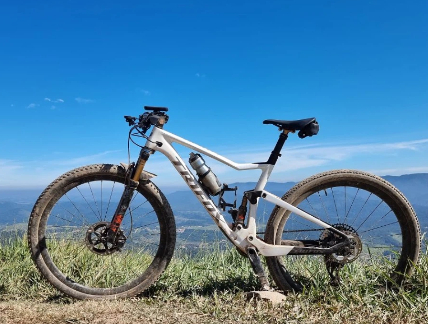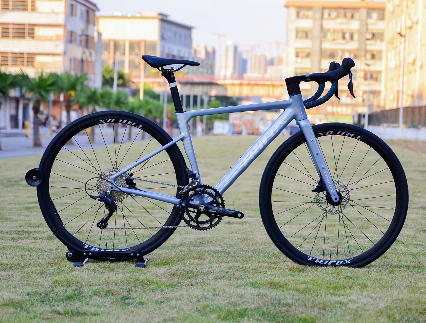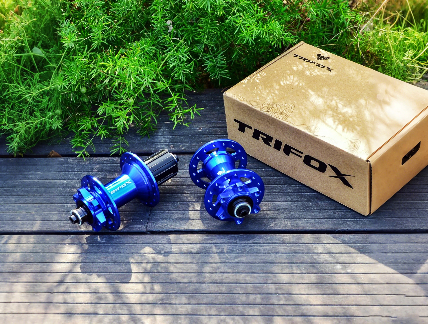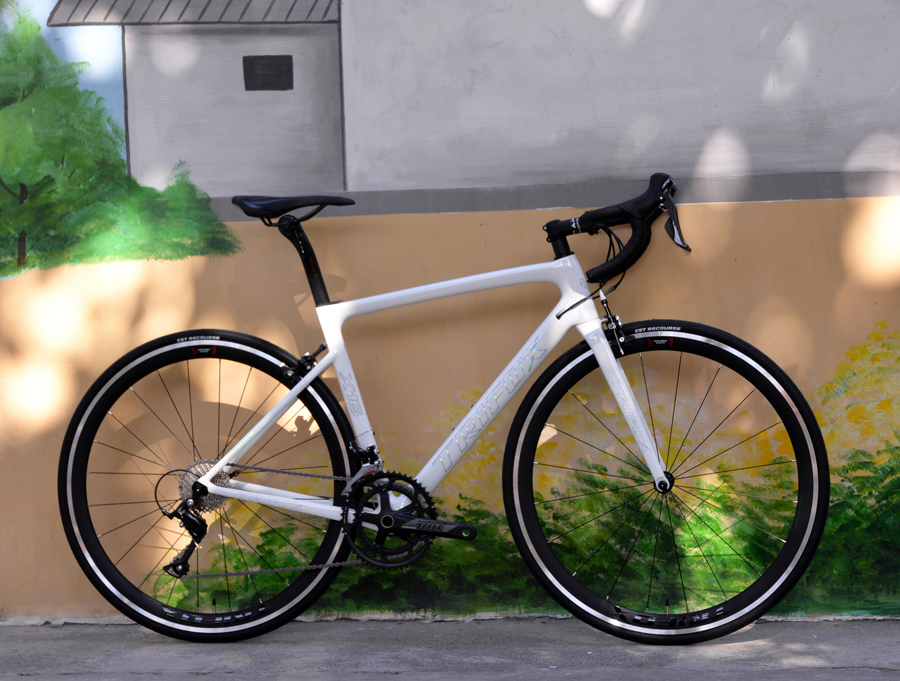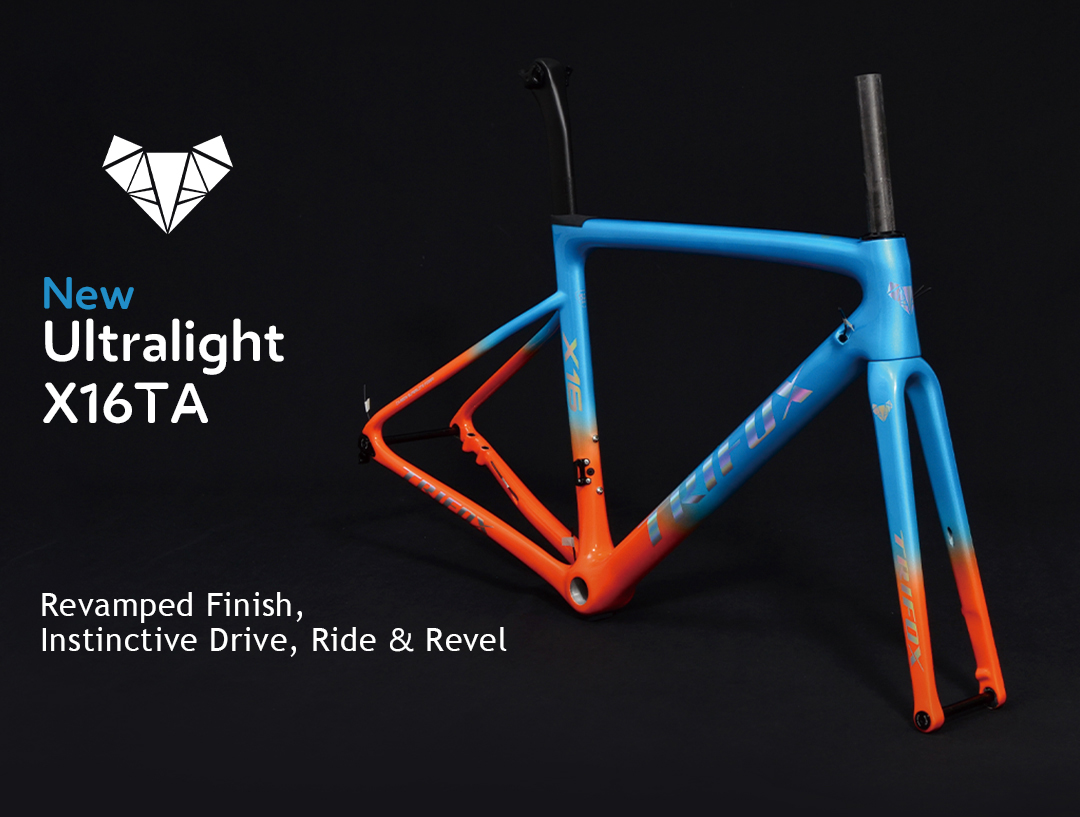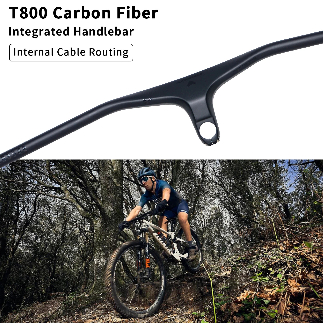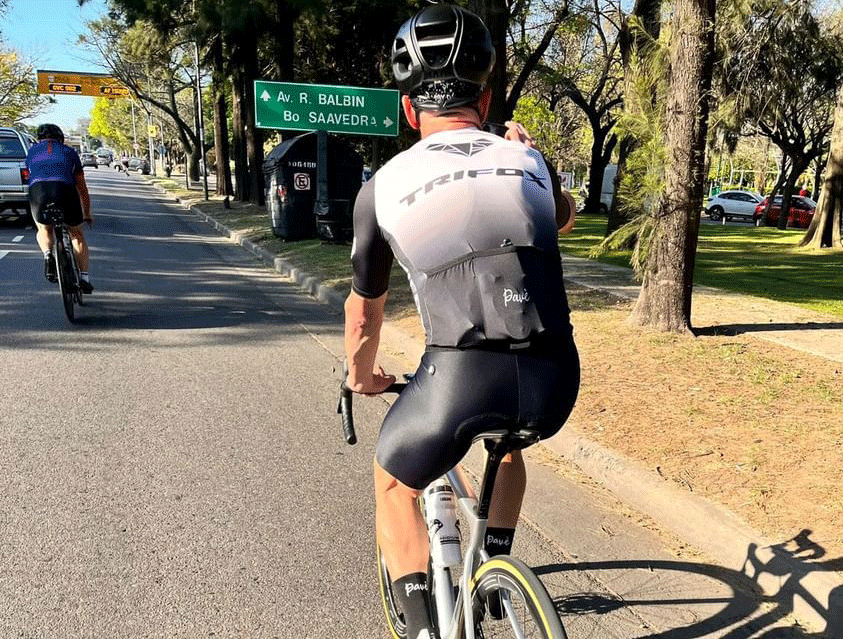Even though aerodynamics is widely accepted these days, most of us cyclists still wish our bikes were lighter.
Probably from the earliest days of bicycles, cyclists have been trying to make their bikes lighter. We’re sure Octave Lapize, the first rider to climb Mount Duttmare in the 1910 Tour de France, would have liked his bike to be lighter.
No matter what era, if you’re riding a bike, you have to push the weight of the equipment with your own effort. As a result, cyclists tend to think about taking weight off their equipment and being happy to lose even a little weight.
In recent years, with the improvement of academic understanding and research knowledge of aerodynamics, and being accepted by the majority of cyclists, aerodynamics is regarded as the kingly way to ride faster. Studies have shown that, except on the steepest climbs, aero bikes are generally faster than lightweight-oriented bikes. It’s crucial for racers, but for most of us cycling enthusiasts, saving weight is still a welcome act.
Below we’ve outlined some weight-saving upgrades and tips to help keep your bike’s weight down.
Handlebar
While the effect may sound insignificant, you can actually save up to 80 grams by swapping out your aluminum handlebars for carbon fiber ones. You can go a step further and see them short.
I recommend the Trifox bike Carbon Riser Handlebar RHB300, which weighs in at 187g and is very reasonably priced.
Tires and Tubes
If your bike comes standard with heavier, cheaper tires, upgrading them can provide some solid weight savings and improve ride quality. This inexpensive upgrade also comes with the all-important problem of generally reduced puncture resistance. But for many lighter-weight cyclists, it’s a risk worth taking.
Wheels
To keep costs at a minimum, manufacturers often equip their entry-level to mid-level bikes with more durable components. Especially when it comes to wheelsets. Low-end and mid-end vehicles are usually equipped with aluminum alloy wheels, which are usually heavier than carbon fiber wheels. If your wheels are heavy, upgrading them could save a lot of weight. Depending on the wheelset you choose, it may even be possible to save up to half a kilo.
spare parts
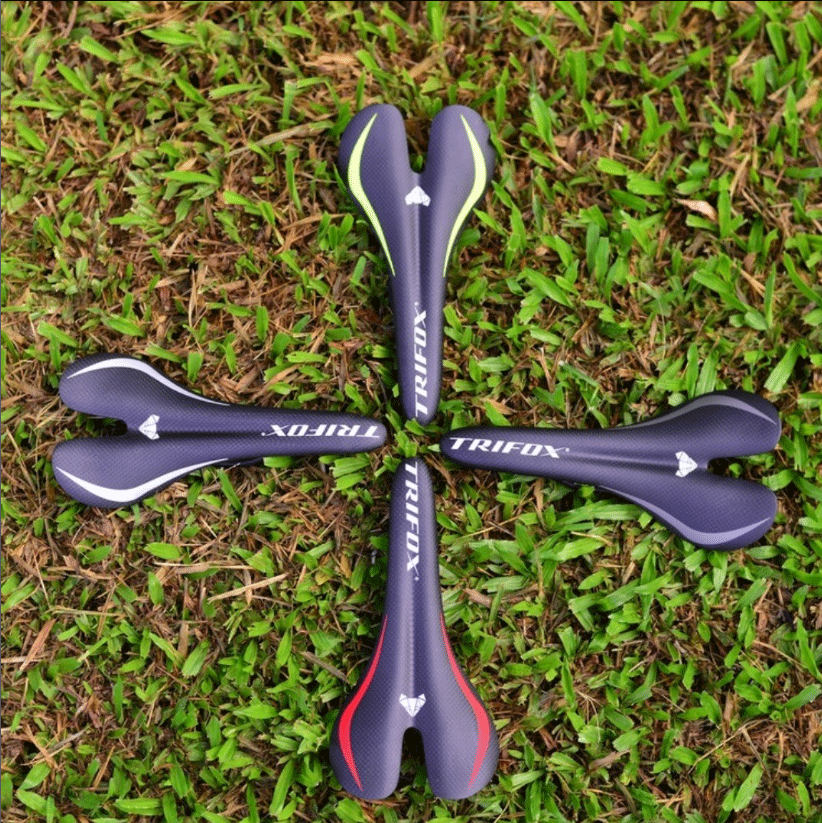
Another simple weight-saving measure is the option to replace the saddle, seat posts, and pedals that come with the bike with lightweight alloy or carbon fiber versions. These modifications are also less expensive than replacing your wheels and drivetrain.
If you’re going to ride for a long time, not just lightweight for climbing, Trifox bike has a lighter carbon bow saddle option. The trifox bike CS100 saddle, which weighs only 106 grams, has also attracted attention for its perfect combination of comfort and weight.
Another great way to modify is to invest in a lightweight seat post. The SLS21 Bike Seatpost is my personal favorite, ditch unnecessary items like a second bottle cage; swap out all-stock steel bolts and nuts for titanium versions, and upgrade to lightweight quick releases or thru axles pole.
When every moment counts, you can also consider sawing off the overly long front fork steerer tube and seat tube. Sawing off the excess can actually save a lot of weight.
Tips for light-weighting without spending money
If you’ve already saved a lot of weight with component upgrades, trimming the excess length of the cable and bar tape can save a few more grams. If your bike has external cable routing, optimizing the cable routing will also help improve aerodynamics at the front of the bike. The brake and transmission cables of the whole car are usually relatively long when they leave the factory. Cutting them as short as possible can save considerable weight. When operating, please note that if it is too short, it will affect the braking and shifting performance.
Road handlebar tape and handlebar plugs also save weight. Inflatable handlebar plugs are much heavier than simple plastic ones, and I like to keep a pair of lightweight handlebar plugs on hand so I can attach them to a new bike no matter what bar strap I’m using. Thicker silicone bar tapes are usually heavier, thinner cork tapes are usually the lightest, and you can save on tape if you tie the bar tape as tight as possible.
As controversial as it may seem, toss your valve caps and locknuts in the trash, save some weight, and if your valves are going to rattle against your rims, just secure them with some duct tape. You can also swap out the steel screws for bottle cage mounts, headset lid mounts, and other non-fasteners for lightweight alloy screws for even more weight savings.





























































